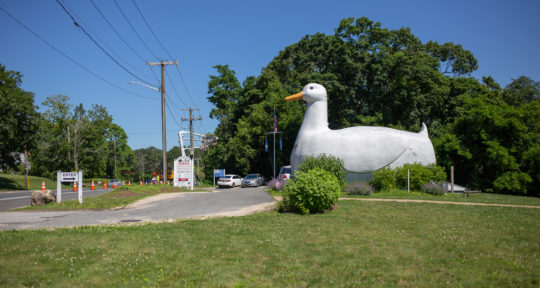For generations, Ocean City, Maryland, has been a beloved East Coast beach destination—and it’s easy to see why. Located on a barrier island at the southern end of the Cape to Cape Scenic Byway, Ocean City blends vintage resort town charm with modern-day attractions, making it a perfect getaway for families, couples, and solo travelers alike.
Ocean City’s history as a seaside resort stretches back to the late 1860s, when visitors first arrived by ferry and stagecoach. By 1875, the Atlantic Hotel opened on the southern tip of Fenwick Island, marking the start of the town’s transformation into a bustling vacation spot. The completion of the Chesapeake Bay Bridge in 1952 and the Chesapeake Bay Bridge-Tunnel in 1964 made it even more accessible to travelers from the Baltimore-Washington area and beyond.
Today, Ocean City continues to thrive as a classic coastal escape. The town’s iconic three-mile wooden boardwalk—lined with arcades, snack stands, souvenir shops, and amusement rides—remains the heart of the action. Longstanding favorites like Trimper’s Rides, Marty’s Playland, and Sportland Arcade are still going strong, offering timeless fun just steps from the beach.
No visit is complete without sampling the boardwalk’s legendary snacks. Thrasher’s French Fries serve up piping hot, skin-on fries best enjoyed with a splash of vinegar. Nearby, Fisher’s Popcorn offers unique flavors like Old Bay caramel, while Dolle’s Candyland has been crafting saltwater taffy and boardwalk sweets for over a century. Julia’s Cannoli, in operation since 1967, adds to the culinary nostalgia with hand-dipped ice cream, lemonade, and of course, cannoli.
For those looking to venture beyond the boardwalk, Ocean City serves as a great base for exploring the Cape to Cape Scenic Byway, a 79-mile stretch that connects historic towns, lighthouses, and protected coastal lands from northern Delaware to southern Virginia. Just a short drive away, Assateague Island National Seashore offers unspoiled beaches, salt marshes, and the unforgettable sight of wild ponies roaming free.
Ocean City’s retro beach-town vibe is part of its enduring appeal. Baltimore Avenue is lined with vintage motels, colorful balconies, and neon signs that harken back to mid-century summers. The Flamingo Motel, with its pastel pink signage and oceanfront views, is just one example of the many classic accommodations that continue to welcome returning families year after year.
The town is also known as the White Marlin Capital of the World, hosting the White Marlin Open, one of the largest fishing tournaments on the planet. It also plays host to the Maryland State Firemen’s Convention, celebrating Ocean City’s deep roots in both tourism and community service.
Whether it’s the scent of caramel popcorn in the air, the clatter of arcade tokens, or the neon glow of a roadside motel sign, Ocean City delivers the kind of summer magic that keeps people coming back. It’s a town where new memories are made on top of old ones—and where the Atlantic is always calling.








